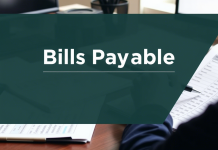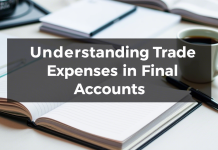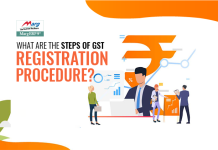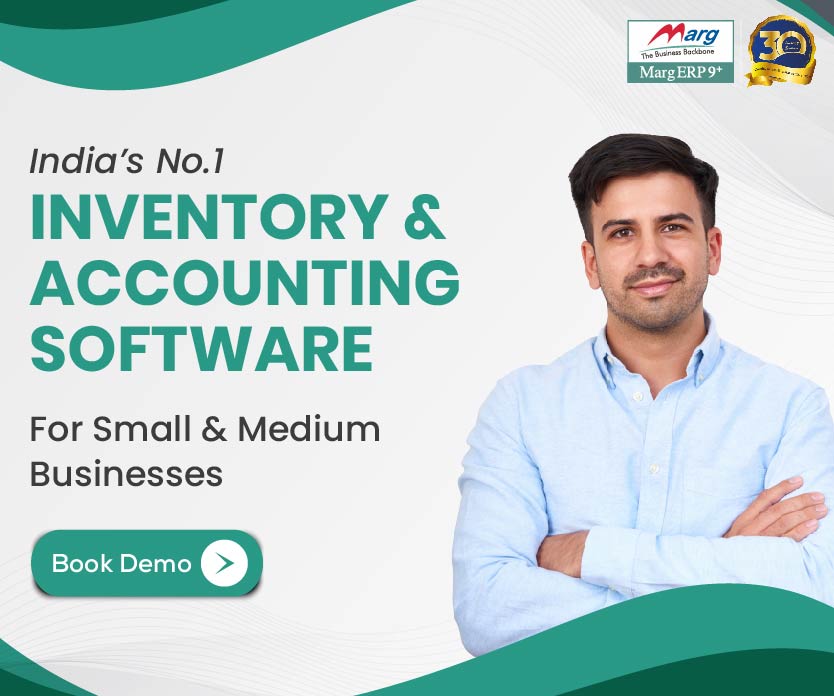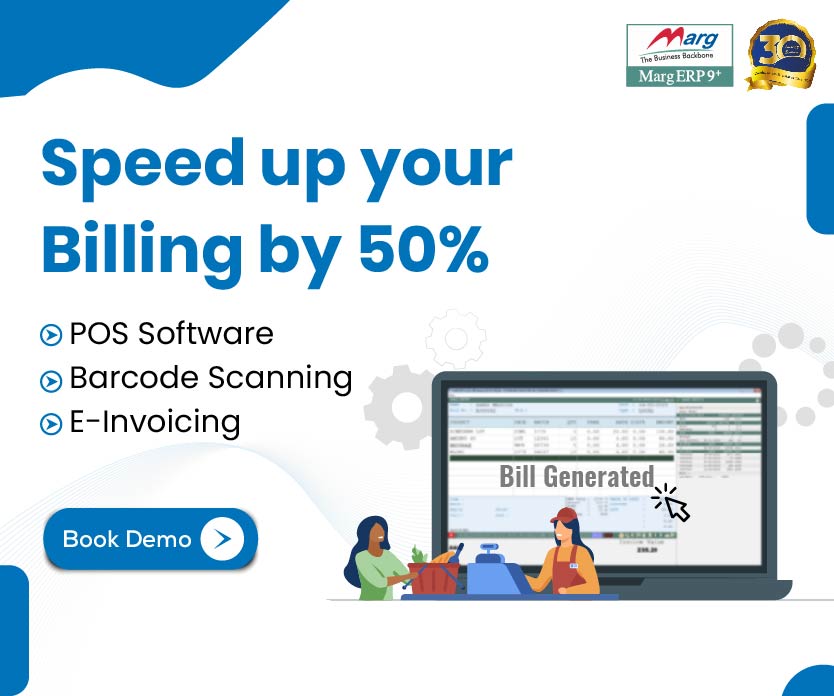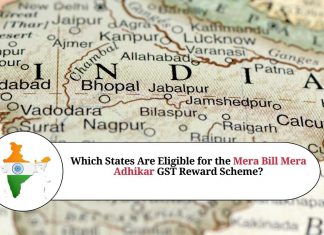- What is Kisan Vikas Patra?
- What are The Types of Kisan Vikas Patra Certificates?
- How I Can Get Benefit by Kisan Vikas Patra?
- When I Will Get The KVP Certificate?
- What is Kisan Vikas Patra Identity Slip?
- What Documents Required for Kisan Vikas Patra Certificate?
- What is The Eligibility Criteria for KVP?
- What is The Maturity Period for Kisan Vikas Patra?
- FAQs
Table of Contents
ToggleWhat is Kisan Vikas Patra?
In 1988, the Indian post office introduced Kisan Vikas Patra as a small investment or saving scheme. Its objective is to ensure long-term financial stability in people. As per the latest amendments from the Indian government, if you purchase the Vikas Patra between 1 April 2020 and 30 June 2020, the tenure for the scheme is 10 years & 4 months i.e 124 months. The minimum amount that can be invested in this scheme is Rs. 1000 & there is no upper limit to invest in the Kisan Vikas Patra scheme. If you invest a huge amount today you can get exactly double after 12 months. This is a saving scheme with a guarantee from the KVP post office.
Initially, it was available only for farmers to ensure they can save in the long-term. But now it is available for everyone. To prevent the possibility of money laundering, in 2014 the government of India made it mandatory to provide proof of a Pan card for investment above Rs. 50,000. For making investments above Rs. 10 lakh a few documents of income need to be submitted like salary slips, bank statements, ITR documents, etc.
It is a low-risk investment platform offered by the Kisan Vikas post office where you can safely save your money for around 10 years.
To open an account in this scheme from the Kisan Vikas Patra post office, providing an Aadhaar number as proof of identity is mandatory.
What are The Types of Kisan Vikas Patra Certificates?
A kisan vikas patra certificate is of the following types:
Single holder type certificate: This certificate is issued to an adult on behalf of a minor, or self or to a minor
Joint ‘A’ Type Certificate: This certificate is issued to two adults jointly, payable to both the owners jointly or to the alive person in case one dies before maturity.
Joint ‘B’ Type Certificate: This certificate is issued to two adults jointly, payable to either of the owner or to the alive person in case one dies before maturity.
How I Can Get Benefit by Kisan Vikas Patra?
Features & Benefits of Kisan Vikas Patra :
Kisan vikas patra scheme is a fixed return scheme offered by the government of India that assures guaranteed return over a period of time. The salient benefits of vikas patra scheme are as below:
Capital protection
It is one of the safest schemes & not subject to market risks. You will definitely receive the double of the investment amount after the maturity of the scheme.
Guaranteed returns
Whatever the market situation may be, you will get the promised amount guaranteed. This scheme was originally intended to encourage farmers to save in the long-term.
KVP interest rate
The kisan vikas patra interest rate depends on the number of years invested in the KVP scheme at the time of purchase. The current KVP interest rate is 7.7% for the quarter 1 October- 2018 to 31 December 2018. Earlier the kisan vikas patra interest rate was 7.3% compounded yearly. Calculating the interest rate via kisan vikas patra calculator you can get to know the exact amount.
As per the latest amendment: The current interest rate applicable to KVP is 6.9% per annum which will double your investment in 124 months.
Historic Interest Rates of Kisan Vikas Patra
| Quarter/ financial year | 2016-2017 | Maturity time (in month) | 2017-2018 | Maturity time (in month) | 2018-2019 | Maturity time (in month) | 2019-2020 | Maturity time (in month) | 2020-2021 | Maturity time (in month) |
| April- June | 7.8% | 110 | 7.6% | 113 | 7.3% | 118 | 7.7% | 112 | 6.9% | 124 |
| July- September | 7.8% | 110 | 7.5% | 115 | 7.3% | 118 | 7.6% | 113 | Not announced | Not announced |
| October- December | 7.7% | 112 | 7.5% | 115 | 7.7% | 112 | 7.6% | 113 | Not announced | Not announced |
| January- March | 7.7% | 112 | 7.3% | 118 | 7.7% | 112 | 7.6% | 113 | Not announced | Not announced |
Tenure
The maturity period for Kisan Vikas Patra is 124 months and you can benefit with the corpus at that time. After maturity of KVP, the interest will keep on adding as per the kisan vikas patra interest rate till you withdraw the amount.
Taxability of KVP scheme
The interest collected from the kisan vikas scheme is completely taxable as it doesn’t fall under the 80C deductions. However, the Tax Deducted as Source (TDS) is exempted from the withdrawals after maturity.
Premature Withdrawal
You can withdraw the invested amount after 124 months. Yet, the lock-in period is 30 months. Encashing the plan early isn’t permitted, except if in case of the record holder’s death or court request.
Easy Denominations
Kisan vikas patra is easily available in multiple denominations of small amounts for investment like Rs. 1000, Rs. 5000, Rs. 10,000 & also Rs. 50,000. You must note here that Rs. 50,000 investment is only available at the head post office of a state. There is no maximum limit for investments.
Nomination facility
In case the owner wants to mention a nominee in the KVP certificate the post office allows it. You have to collect the nomination form from the kisan vikas patra post office and fill in the required details of the nominee. You can also nominate a minor, in that case you have to fill the date of birth of the minor.
Loan against KVP certificate
Kisan vikas patra certificate can be used as a collateral or security to avail loan against it. The interest rate for such loans is comparatively lesser.
When I Will Get The KVP Certificate?
If you make the payment in cash at the time of purchasing the certificate from the KVP post office, the official will immediately provide you the certificate. In case the payment is done through Cheque, Demand Draft or Money Order, you will get the KVP certificate once the amount is cleared to the post office.
What is Kisan Vikas Patra Identity Slip?
The KVP identity slip contains all the important information of the certificate such as Kisan Vikas Patra Certificate, KVP serial number, the amount invested, the maturity date, & the amount that will be received on the date of maturity.
What Documents Required for Kisan Vikas Patra Certificate?
To get the kisan vikas patra the applicant needs to provide the following:
- Identity proof for KYC – Aadhaar card/ PAN Card/ Voter ID Card/ Driving License/ Passport?
- KVP application Form
- Address proof
- Date of Birth Certificate
What is The Eligibility Criteria for KVP?
To purchase the Kisan Vikas Patra the individual must satisfy the following conditions:
- The individual must be an adult & resident of India
- A parent or guardian must invest on behalf of a minor
- Hindu Undivided Families(HUFs) & Non- Resident Indian (NRIs) are not allowed to invest in Kisan Vikas Patra.
What is The Maturity Period for Kisan Vikas Patra?
According to the latest amendments in the kisan vikas patra scheme in 2020, the maturity period has been changed to 10 years and 4 months i.e 124 months.
As per the latest Kisan Vikas Patra interest rate, the invested amount is doubled after the completion of the scheme tenure. For example: If the scheme holder invests Rs.10,000, he/she will get Rs.20,000 after 124 months i.e. maturity.
FAQ’S
















